In the vast and ever-evolving world of social media, one thing remains constant: the importance of visual content. From eye-catching images to attention-grabbing videos, brands and individuals alike rely on captivating visuals to make their mark in the digital landscape. However, keeping up with the constantly changing image size requirements across various social media platforms can be a daunting task. Fear not! In this comprehensive guide, we will navigate through the intricacies of social media image sizes and provide you with an always-up-to-date roadmap for 2023. So buckle up as we embark on a journey to master the art of perfecting your social media visuals in this new era!
Why Social Media Image Sizes Matter
In today’s digital world, where capturing attention is a matter of pixels and seconds, it is essential to understand why social media image sizes matter. Beyond merely aesthetic purposes, correct image sizing can significantly impact engagement and overall success on various social media platforms. By using tools like an image resizer online, you can easily optimize your images for each platform’s specific dimensions, ensuring that they are displayed as intended without any loss in quality or important details.
Firstly, the right image size helps maintain a cohesive brand identity across different social media channels. Consistency in visuals builds trust and familiarity among followers (learn how to get more followers), making it easier for them to recognize and engage with your content. Moreover, well-optimized images that fit perfectly within the given dimensions eliminate the need for users to scroll or zoom in to view the entire picture. This effortless viewing experience encourages more interaction with your posts and prevents potential frustration or disinterest from users who may otherwise skip past poorly presented content.
Secondly, social media algorithms often prioritize visually appealing posts over others. When you choose an image size that aligns with platform specifications—whether it be for profile pictures, cover photos, or regular posts—you increase the likelihood of your content being showcased prominently in users’ feeds. Higher visibility translates into higher engagement rates which can lead to improved reach and organic growth for your brand or personal account.
Remember, understanding why social media image sizes matter goes beyond aesthetics; it directly impacts user experience and influences how your content performs online.
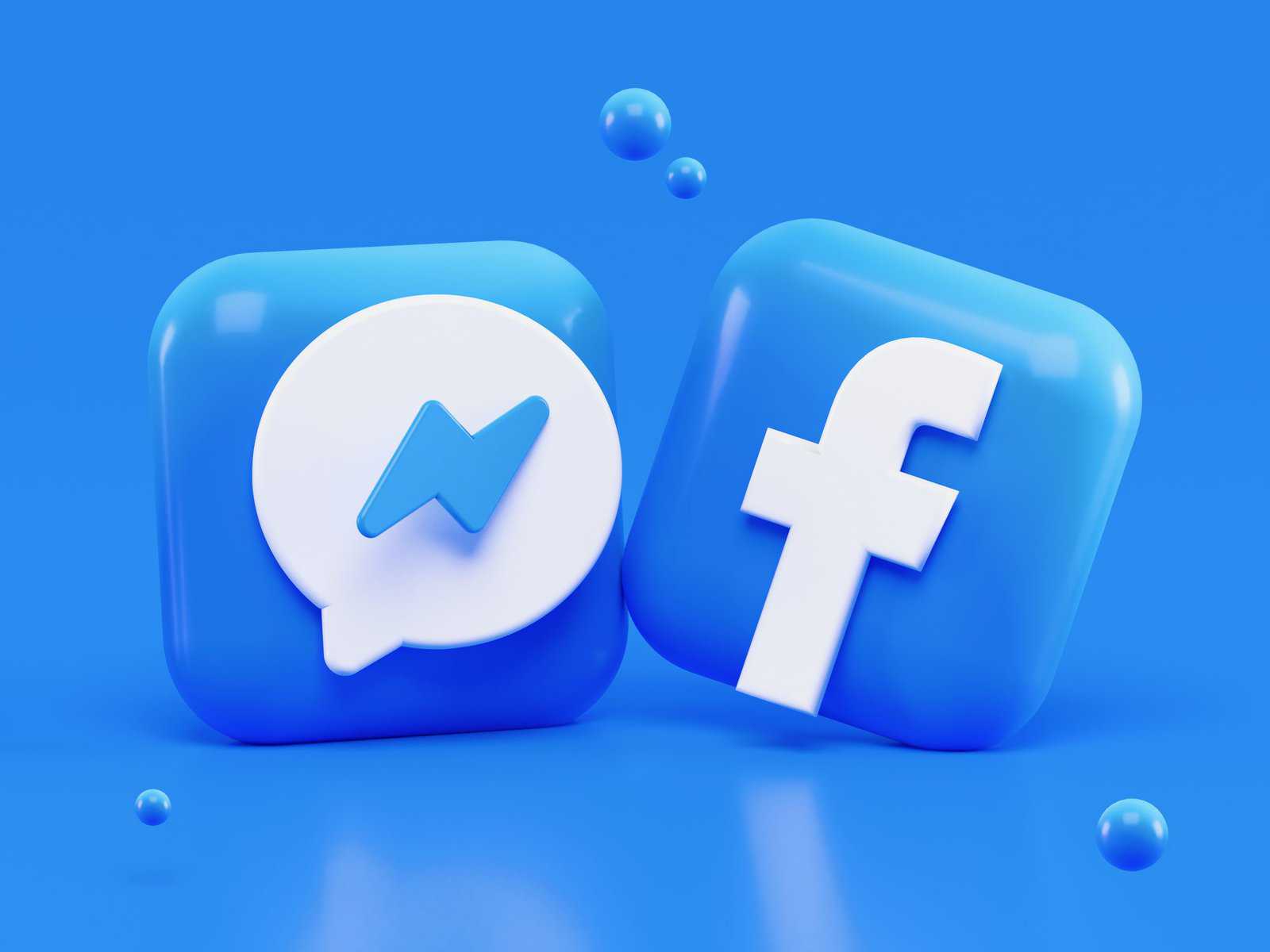
Facebook: Image Sizes for Profile, Cover, and Posts
In the world of social media, image sizes play a crucial role in creating a captivating online presence. When it comes to Facebook, understanding the correct image sizes for your profile, cover, and posts can make all the difference in catching your audience’s attention.
For your profile picture, keeping it at 180 x 180 pixels is essential. This square aspect ratio ensures that your image appears clear and doesn’t get distorted when viewed on different devices. Additionally, remember to optimize your cover photo dimensions to 820 x 312 pixels for desktop and 640 x 360 pixels for mobile users. Utilizing this space effectively can help convey your brand’s message and make a strong first impression.
When posting images on Facebook, optimizing their size can significantly impact their visibility and engagement rates. Ideally, aim for dimensions around 1200 x 630 pixels to ensure that your images appear crisp and visually appealing across various platforms. Keeping up with these specific image sizes will help you create an aesthetically pleasing Facebook profile that stands out among the crowd in 2023.
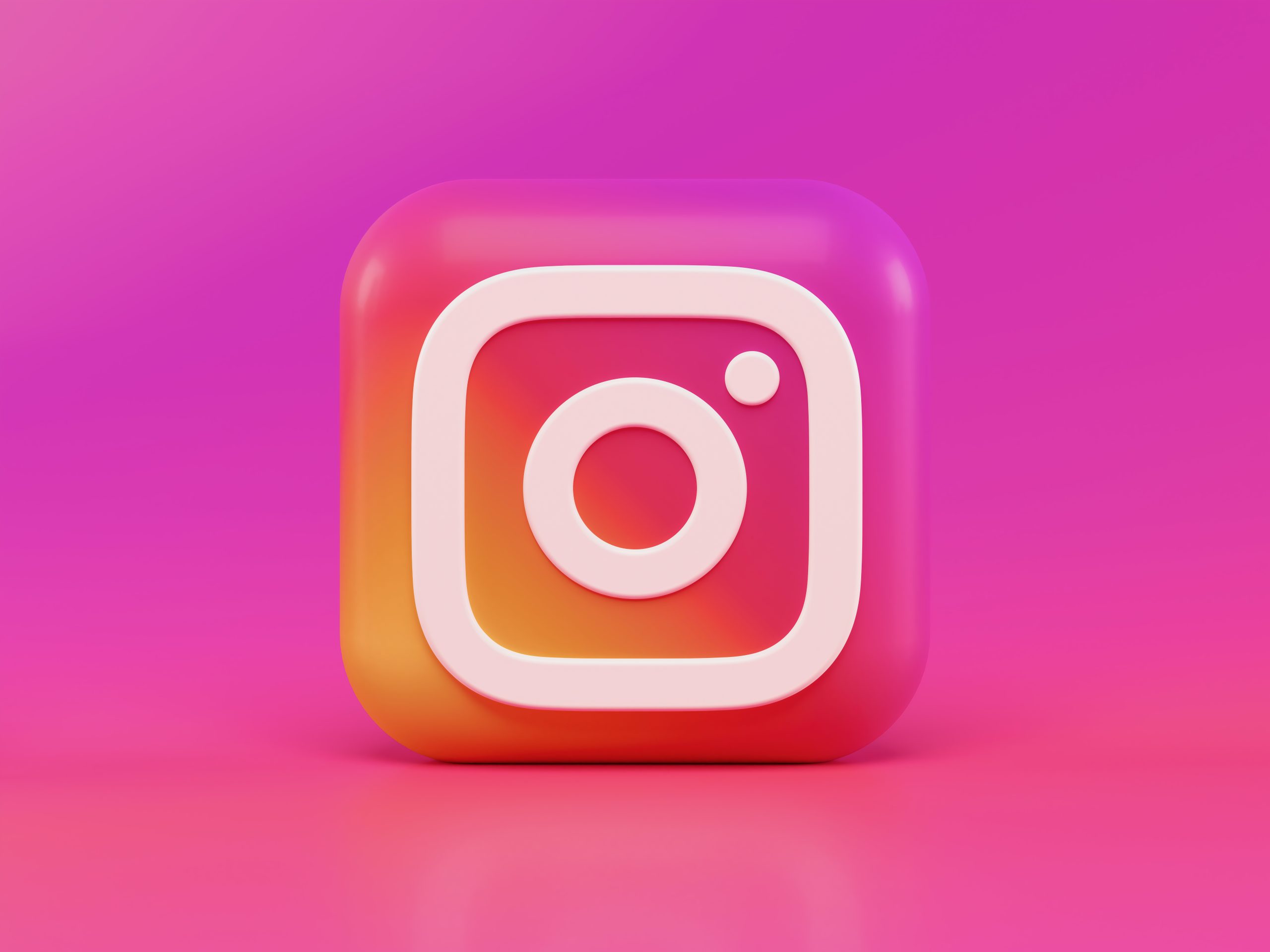
Instagram: Image Sizes for Profile, Feed, and Stories
As one of the most popular social media platforms, Instagram has become a go-to platform for visual storytelling. Whether you’re managing a personal profile or running a business account, it’s crucial to understand the different image sizes required for your profile, feed, and stories. For your profile picture, optimizing it to 180 x 180 pixels will ensure that it appears clear and crisp to anyone who visits your page.
When it comes to feed posts, Instagram offers various aspect ratios that can affect how your images are displayed. The standard size is 1080 x 1080 pixels but keep in mind that vertical posts have gained popularity due to their captivating effect on users scrolling through their feeds. Experimenting with both horizontal and vertical layouts can help you stand out from the crowd.
Meanwhile, stories offer a prime opportunity for creativity and interaction. Instagram recommends uploading stories at a resolution of 1080 x 1920 pixels (a 9:16 aspect ratio) for optimal quality. However, don’t be afraid to experiment with other sizes or formats like polls or quizzes within your stories – as long as they engage your audience effectively.
Understanding the ideal image sizes for each component of Instagram is essential in maximizing the visibility and impact of your content. By taking advantage of different aspect ratios and experimenting with creative approaches in your stories, you’ll not only captivate audiences but also leave a lasting impression. So go ahead – get creative with those pixels!
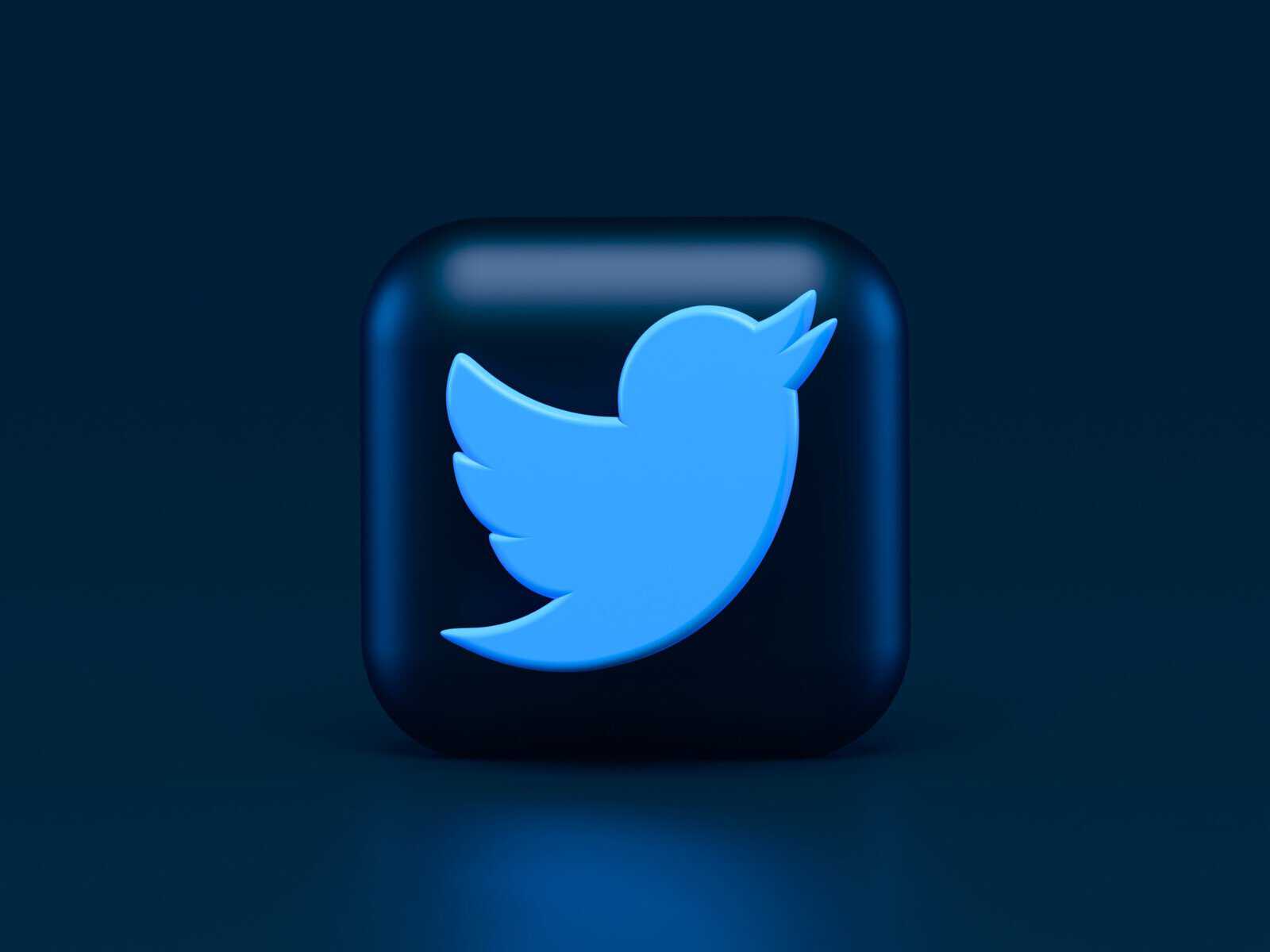
Twitter: Image Sizes for Profile Picture and Header
When it comes to social media image sizes, Twitter has its own unique specifications for profile pictures and header images. To make your Twitter profile visually appealing and professional, it’s important to understand these dimensions.
For the profile picture, Twitter recommends using a square image with a minimum size of 400 x 400 pixels. However, keep in mind that this picture will be displayed as a circle on the platform, so make sure to position your desired elements within the circular frame.
In contrast, the header image provides an opportunity for greater creativity and customization. The ideal dimensions for Twitter header images are 1500 x 500 pixels. This space can be used effectively to showcase your brand or personality through high-quality visuals or even cleverly designed banners that align with your content strategy.
By utilizing properly sized and carefully crafted images for both your profile picture and header on Twitter, you can create a powerful visual representation of yourself or your brand. These dimensions provide enough room for creative expression while maintaining clarity and professionalism.
So go ahead and design eye-catching visuals that not only attract attention but also reflect your individuality or convey key messages about your business.
Consider experimenting with different layouts, colorschemes or even incorporating branding elements into these images to make them truly stand out in the crowded world of social media feeds. Remember: first impressions matter online too!
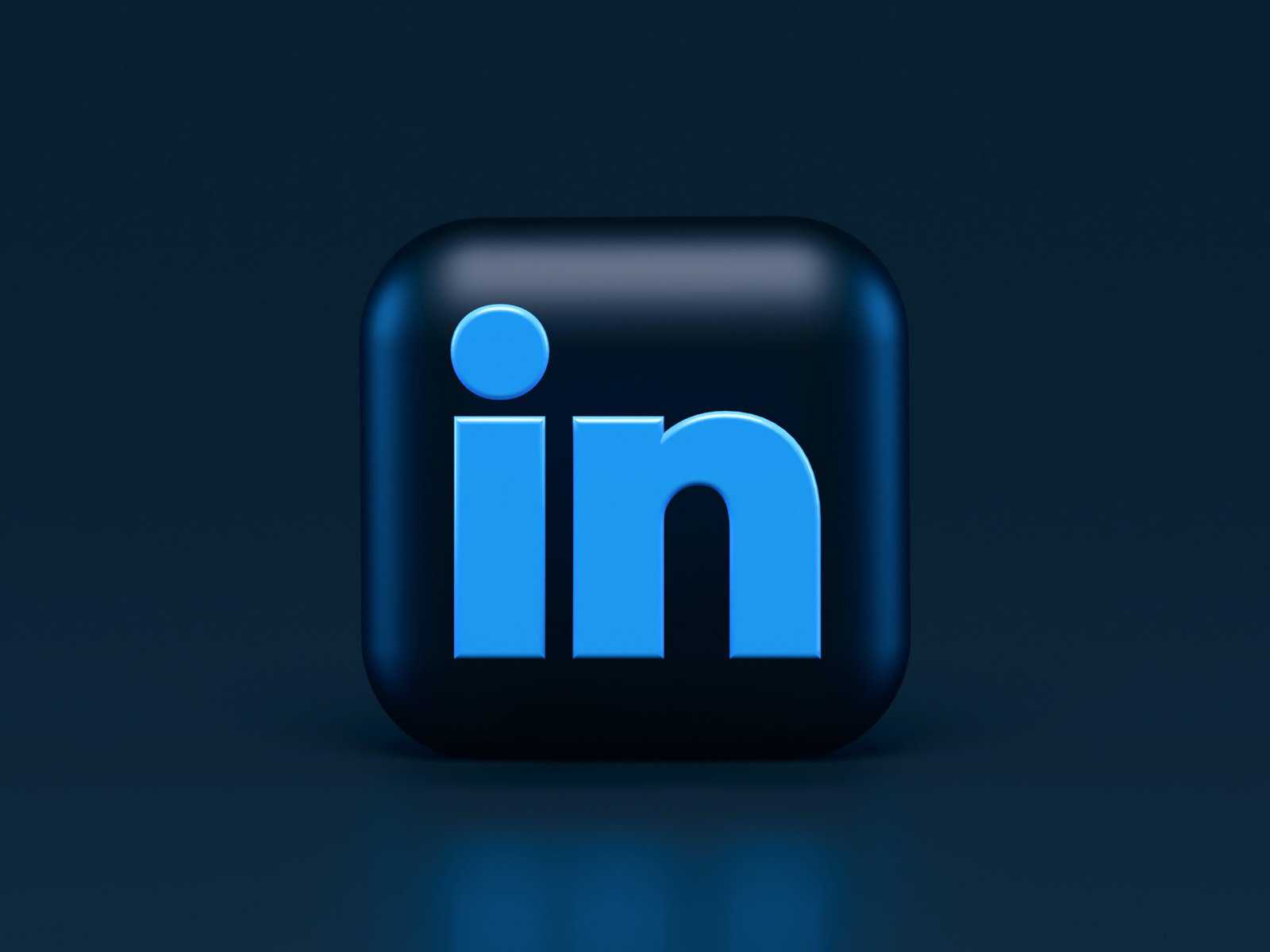
LinkedIn: Image Sizes for Profile and Background Photo
LinkedIn is a professional networking platform that has become a go-to resource for individuals and businesses alike. When it comes to creating the perfect profile on LinkedIn, having the right image sizes for your profile and background photo is crucial.
For your profile photo, the recommended size is 400 x 400 pixels. This square-shaped image will appear as a small thumbnail next to your name and headline whenever you post or engage with content on LinkedIn. It’s important to choose an image that best represents your professional identity and stands out among the crowd.
In terms of background photos, LinkedIn recommends using an image with dimensions of 1584 x 396 pixels. This wide banner-like photo sits at the top of your LinkedIn profile page and provides an opportunity to showcase more about yourself or your brand visually. Whether you opt for a crisp photograph related to your industry or utilize graphic design elements, make sure it aligns with your personal brand and leaves a lasting impression.
Ultimately, paying attention to the correct image sizes on LinkedIn can enhance how others perceive you professionally. By carefully selecting and resizing these images, you not only ensure that they look their best but also convey professionalism, creativity, and attention to detail – all important qualities in today’s competitive job market.
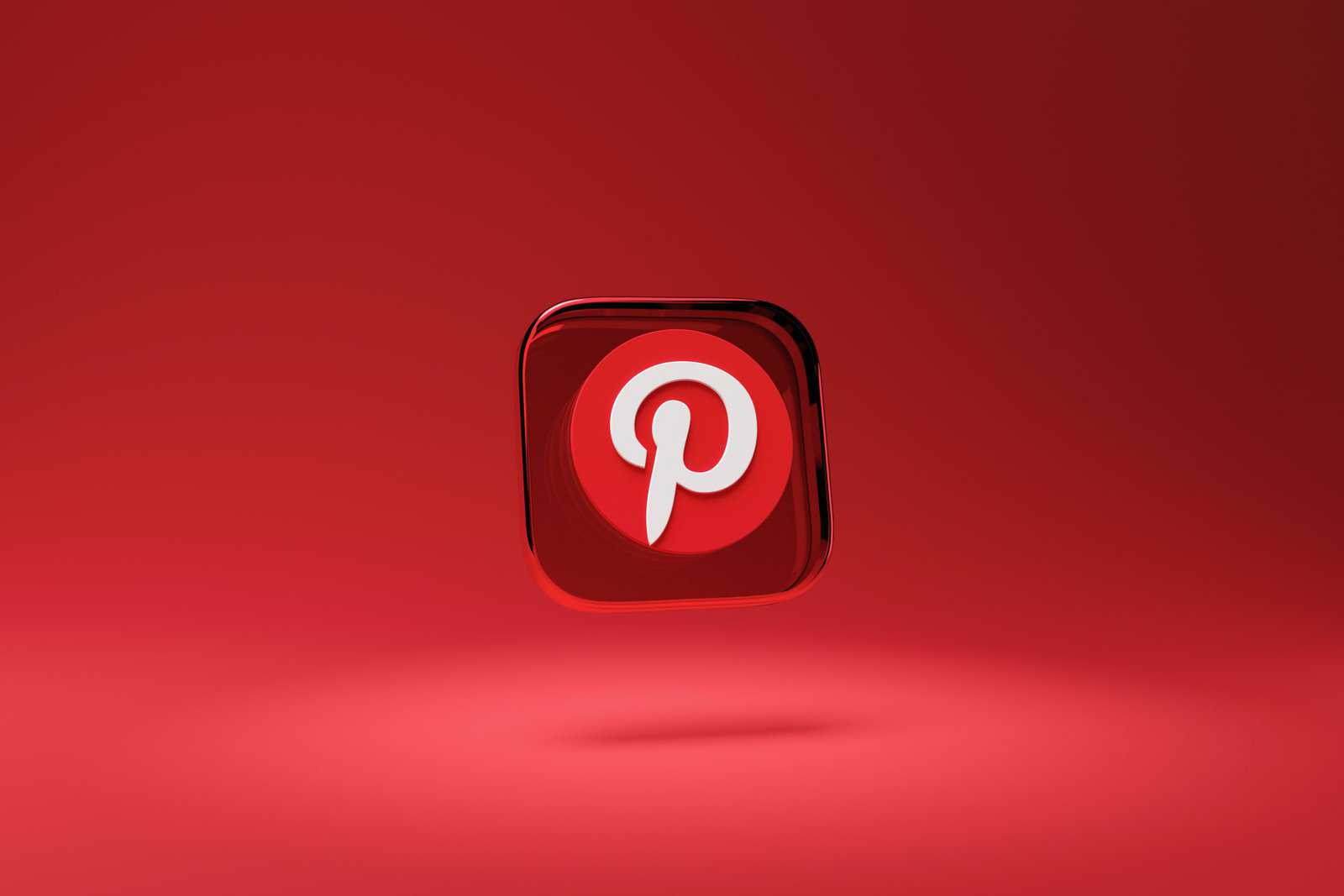
Pinterest: Image Sizes for Pins and Boards
In the ever-evolving world of social media, image sizes play a crucial role in capturing and maintaining users’ attention. When it comes to Pinterest, the popular visual discovery platform, understanding the correct image sizes for pins and boards is key to creating eye-catching content that stands out.
For pins on Pinterest, vertical images tend to perform best. According to research conducted by Pinterest itself, Pins with an aspect ratio of 2:3 (or 600 x 900 pixels) receive higher engagement compared to other sizes. This means that when crafting your pin designs, it’s essential to prioritize vertical imagery that fits within this size recommendation.
When it comes to board covers on Pinterest, these images serve as virtual storefronts for your collections and can significantly impact how users perceive your brand or content. The recommended size for board cover images is 800 x 450 pixels—a generous dimension that provides ample space for creativity while ensuring clarity and legibility across devices.
By keeping abreast of the latest image size guidelines on Pinterest, you can optimize your visuals for maximum impact and engagement. Remember: on a visually-driven platform like Pinterest, crisp and compelling images are key drivers of success in catching users’ attention amidst a sea of content.
Conclusion: Stay on top of social media trends.
In conclusion, staying on top of social media trends is crucial for any brand or individual looking to make an impact in the digital realm. As platforms continue to evolve and new features are introduced, it is essential to adapt and leverage these changes to effectively engage with your audience.
One way to stay ahead of the game is by regularly keeping up with social media image sizes. With platforms like Instagram, Facebook, Twitter, and Pinterest frequently updating their algorithms and layout designs, having properly sized images can greatly enhance the visual appeal of your content. By following an always-up-to-date guide on image sizes for various platforms, you ensure that your posts look professional and captivating.
Moreover, being aware of emerging trends in the world of social media can give you a competitive edge. Whether it’s capitalizing on the rise of video content or leveraging new features like stories or shopping tags on Instagram, understanding what’s popular among users allows you to tailor your strategy accordingly. This proactive approach not only keeps you relevant but also increases your chances of connecting with a wider audience and driving engagement.
In summary, integrating an always-up-to-date guide for social media image sizes into your branding strategy can have a significant impact on how your content is perceived by users online. Additionally, actively staying informed about emerging trends will enable you to adapt quickly and capitalize on new opportunities as they arise.